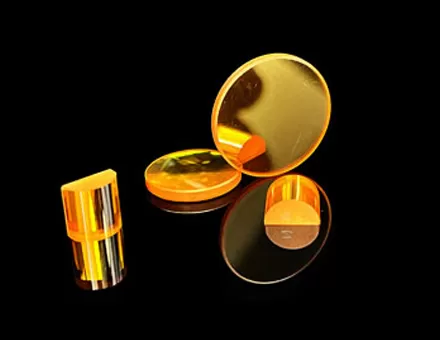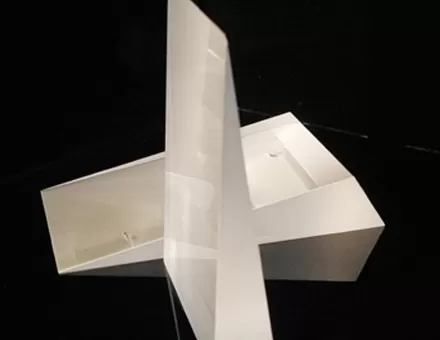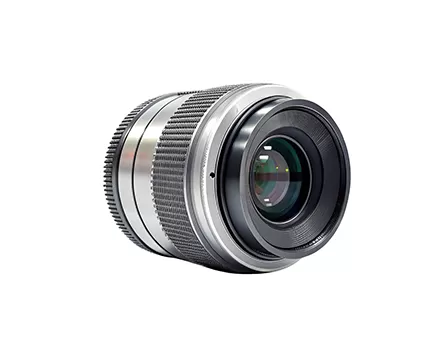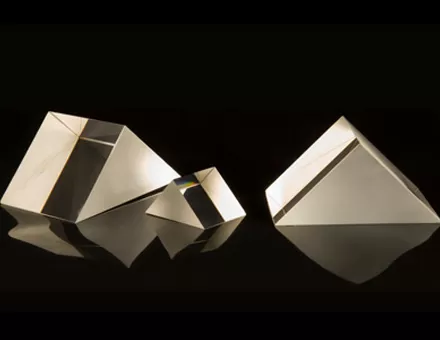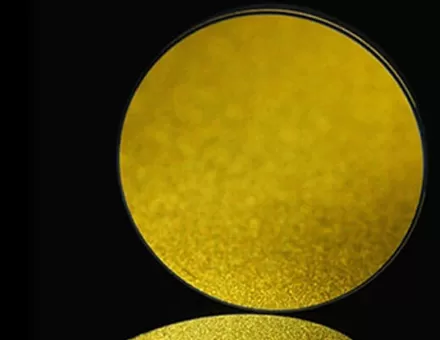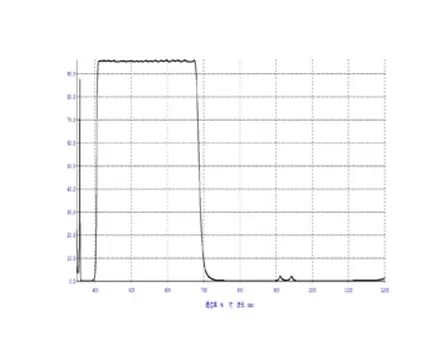Cylinder lens is non-spherical lens that can effectively reduce spherical aberration and chromatic abernration whe use
In fact, they have a significant impact. Generally, there are different types, such as plano-convex cylinder lenses, plano-concave cylinder lenses, biconvex cylinder lenses, biconcave cylinder lenses, cylindrical mirrors, crossed cylindrical lenses, and irregular cylinder lenses. Due to the variety of types, users must order according to their actual needs when purchasing. The functions of this product are one-dimensional magnification. Cylindrical lenses are mainly used to meet design requirements for changing the size of the image. For example, converting a point light spot into a line spot, or changing the height of the image without changing the width. At this time, it can be applied in linear detectors lighting, barcode scanning, holographic lighting, as well as some processing of optical information, computer, and laser emission. So, cylinder lens also has a wide range of applications. Of course, the requirements for its parts in production are getting higher and higher.
The selection of cylinder lens and the construction of the optical path must follow the following rules
To make the remodeled light spot uniform and symmetrical, the optical products manufacturer
should insist that ratio of the focal lengths of two cylinder lenses should be approximately equal to the ratio of the divergence angle. The laser diode can be regarded as a point light source. To obtain collimated output, the distance between two cylindrical lenses optics and the light source should be equal to the focal lengths of the two. The distance between the main planes of the two cylindrical lenses should be equal to the difference between the two f2-f1 focal lengths, and the actual distance between the two lens surfaces should be equal to BFL2-BFL1. Like spherical lenses, the convex surface of the cylindrical mirror should face the collimated beam to minimize image aberration. Since the output beam of the laser diode diverges rapidly, it is necessary to confirm that the size of the light spot on each cylinder lens does not exceed the effective aperture of the lens. Since the distance between the cylinder lens and the diode is equal to its focal length, it is necessary to follow the wider light spot width of each cylinder lens position.
Cylinder lens is usually used to focus incoming light onto a line or change the aspect ratio of an image. Cylindrical lens optics has a cylindrical surface that focuses the incoming light on one dimension, stretching the image. The focal length of the cylinder lens can be negative or positive, suitable for laser line generation or beam shaping to make laser output cyclic.
Achromatic cylindrical lens can provide additional color correction by reducing chromatic aberration. Mixed cylinder lens is ideal for color correction. In addition, it can also minimize spherical aberration. Two types of cylinder lenses are provided, glass cylinder lenses and plastic cylinder lenses, with shapes of circular, rectangular, or rectangular. The cylinder lens has one-dimensional curvature and is designed and applied for one-dimensional shaping of the light source. It is usually used to change the shape of the light source in the optical system to make it a linear light source. Cylinder lenses can be used to correct stray light in the system. It is widely used in high-precision testers, high-power lasers, long-distance linear interferometers, and other equipment. Meanwhile, cylinder lenses are often used in optical systems such as synchrotron radiation beamlines, barcode scanners, and strong laser systems.


















 EN
EN
